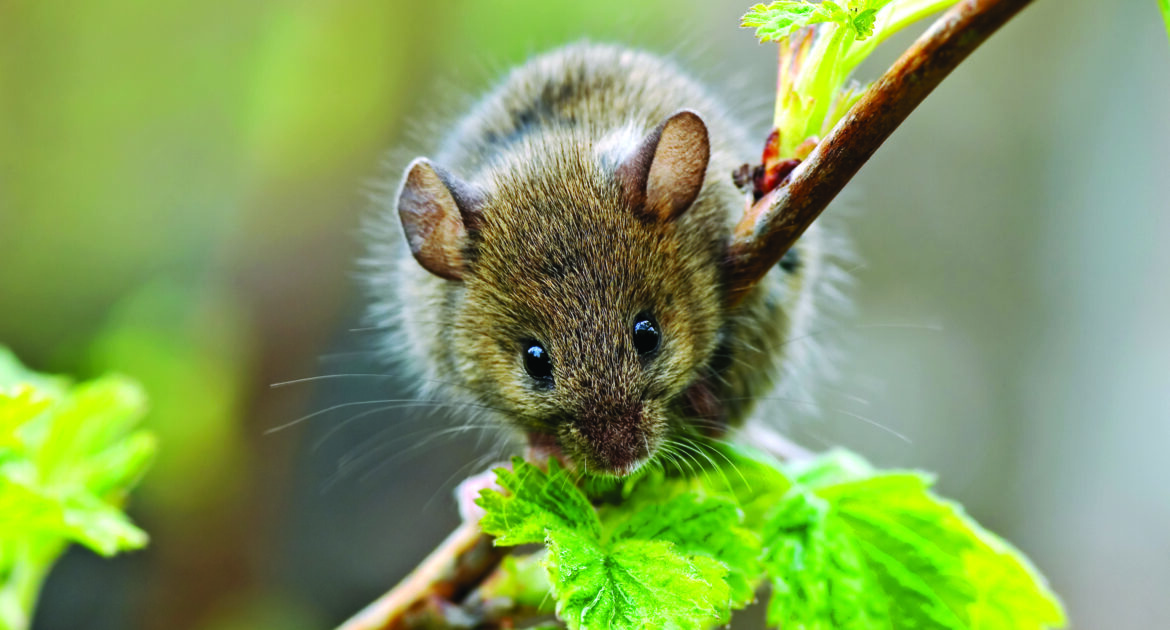Each year, police stations across the country receive hundreds of calls from concerned residents reporting that they’ve heard a shrieking woman. After dispatching an officer, the most experienced emergency phone operators start to ask further questions. “Have you seen foxes on your property recently?” they may inquire. The responding officer performs a cursory check, determines that foxes were indeed the source of the unearthly sound and urges the resident to call humane wildlife removal instead.
What Wildlife Comes Out During Spring?
As disconnected from the natural world as some people can be, it’s no surprise many urban and suburban homeowners don’t know how to recognize the sounds and signs of wildlife. Some even find themselves so busy with work or other matters that they don’t realize springtime has come for the natural world.
Though some animals breed all year round, many of the biggest and most concerning to humans make their grandest gestures in spring by vocalizing loudly, battling with rivals, mating, and giving birth.
Not coincidentally, spring is also the time when animals most often try to find ways into human properties. Foxes, rabbits, skunks and groundhogs may dig holes in your yard. Bats, mice, rats, squirrels and birds can all make short work of your home’s outer defences.
The best way to protect the integrity of your home is to perform basic prevention measures. While removing animals can be difficult and hazardous, preventing them from coming in the first place is fairly straightforward. Skedaddle technicians can assess and remove a home of all wildlife entry points.
What Can You Do To Stop Wildlife From Coming in?
Besides mating, food is the most powerful driver of animal behaviour. If you’ve left food out in your yard, even inadvertently, wild critters are likely to take notice. Eliminate all food sources including birdseed, accessible garbage bins and pet food. Relocate these to a secured area such as a garage or shed.
If you have a vegetable garden, you can’t exactly pick it up and move it. You can, however, secure your fencing so it’s completely inaccessible to hungry creatures. Always assume animal invaders are as small and crafty as possible.
Rabbits are excellent at finding minor gaps or slipping under loose spaces, so you should go around your plot and secure wire fencing at least several inches beneath the ground. Some animals can leap quite high, so if your fencing isn’t sealed entirely, be sure to extend it several meters in the air.
Animals can tell the difference between highly manicured human spaces and wild, inviting ones. Since most creatures are eager to avoid human contact, keeping your property clear of weeds, debris and potential hiding spaces is an effective deterrent.
At the beginning of the season and throughout the summer, go around your yard and move fallen tree branches or leaf litter to an area away from your home. Look for holes that might serve as attractive den spaces for mating critters. Check that they’re unoccupied and fill them with soil.
Humane Wildlife Exclusion with Skedaddle Humane Wildlife Control
While spring temperatures are much safer for wild babies than frigid winter ones, the outdoors is still a dangerous place to be an animal. Predators are always on the hunt, and man made obstacles, such as roads or highways kill thousands of creatures per year. Your home, therefore, is a far more appealing den space than anything in your yard or beyond. If you’ve inadvertently left an enticing entry point, it’s almost certain you’ll soon have a colony of uninvited guests.
If creatures have already made their way into your home, do not attempt to remove them on your own. This can be unsafe for both you and them. At Skedaddle Humane Wildlife Removal, we have years of experience removing even the most troublesome of wildlife intruders. For expert service, call a Skedaddle technician today.




